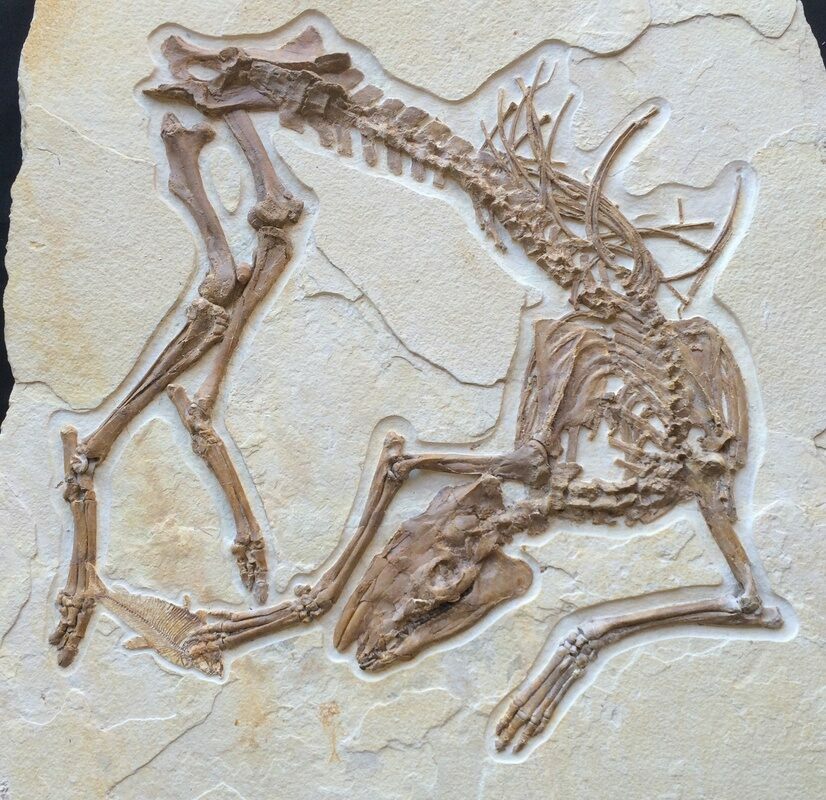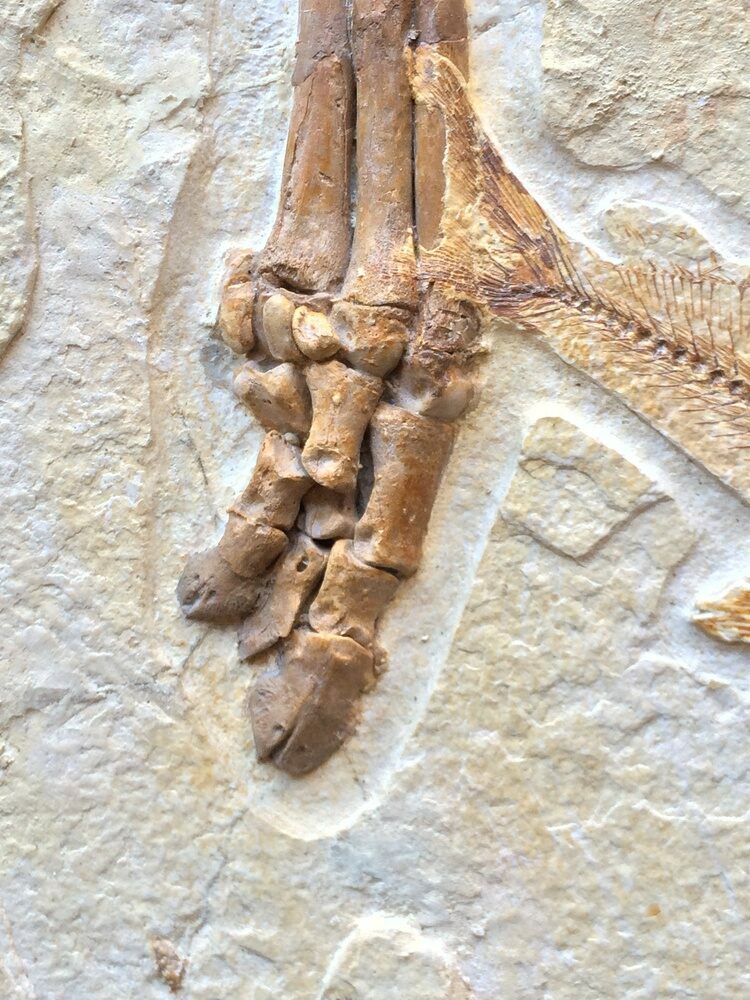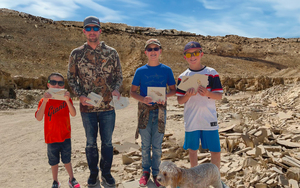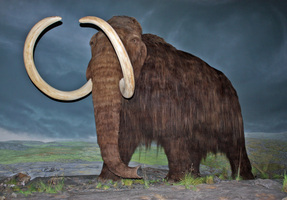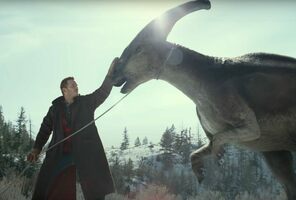New Fossil Discovery - “Olive” A Primitive Horse Ancestor From The Green River Formation
In the spring of 2015 the Eocene aged Green River Formation near Kemmerer, Wyoming yielded another amazing fossil discovery. A fully articulated primitive horse ancestor, since nicknamed “Olive”, was found by brothers Mark and Mike Oliver. While this locality is known world wide for it’s amazingly preserved fish fossils, they immediately knew they had discovered something very different and special. Their first move was to call in expert help.
Given the massive amount of rock that has been quarried from this formation in search of fish fossils over the decades, this makes Olive an incredibly rare find. It’s discovery is much rarer than say finding a T-Rex. The other specimen was discovered about a decade ago. Its location is currently unknown, though according to the stories it is unfortunately locked away from the public in a bank vault for insurance reasons.
After discussing the importance of this find with the Oliver brothers several experts were brought in to help excavate the find. Over the next three days, and with great caution and diligence, they removed the 22 inch animal from the eroding hillside of the quarry.

It wasn’t entirely clear how complete the animal was until they got it back to the lab and were able to x-ray the specimen. Not only did this tiny horse-like animal prove to be essentially complete, but showed great articulation, most importantly in the feet. The foot structure along with the skull is one of the most important aspects for describing horses. Based on intitial observations it may represent the genus Sifrhippus but a formal study is needed.
Given the importance of this fossil and it’s detailed features they enlisted the help of Ben Cooper of the Cincinnati based American Paleo Company for the preparation of Olive. Ben is internationally renowned for his fossil preparation skills, particularly on finely detailed trilobites. His work can be found at such prestigious institutions as the American Museum of Natural History (AMNH) in New York, The Houston Museum of Natural Science (HMNS), and the Cincinnati Museum of Natural History. This expertise in preparing fossils at a microscopic level was well suited to this task of preparing Olive as it allowed him to preserve even the most minute details; Details which might have been lost at the hands of a less experienced fossil preparitor.
Ben spent the next 8 weeks working full time on the preparation of this 22 inch long fossil. Not only did Ben free the primitive horse from its surrounding stone, but he left a number of fish fossils on the natural matrix, paying homage to Olive's watery demise at the bottom of Fossil Lake.
By late July the group was finally content with their achievements and Olive was ready to for the photographer and her public debut. So now, with great pride, may we present Olive, a fossil that not only holds a great potential for research into horse ancestry but shows a tremendous beauty even after nearly 50 million years.
 Reviews
Reviews

